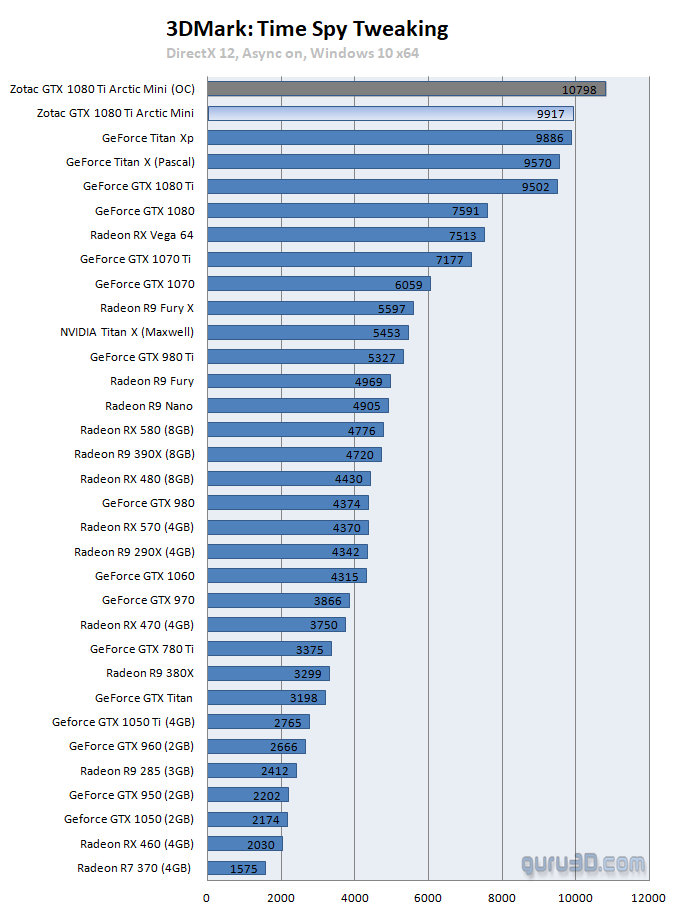Overclocking The Graphics Card
Overclocking The Graphics Card
Traditional overclocking - As most of you know, with most video cards you can apply a simple series of tricks to boost the overall performance a little. Typically you can tweak on core clock frequencies and voltages. By increasing the frequency of the videocard's memory and GPU, we can make the videocard increase its clock cycles per second.
Use any tweaking utility of your preference of course. We use AfterBurner based on personal preference, ASUS has decent tweaking software available as well, it's just that advanced overlay and tweak functionality that AB offers that has my personal preference. Our applied tweak:
- Core Voltage : +100%
- Power Limit : 120%
- Temp. limit : 90C
- Core Clock : + 100
- Memory Clock : +500 MHz (=11954 MHz effective data-rate)
- FAN RPM: default
ZOTAC applied a mild overclock for you already by tweaking it so closer to its maximum capability. And that standard tweak is covered by your warranty. More Voltage, 100% offset applied on the core clock tweak. Once overclocked keep this in mind; due to the dynamic nature of the boost clock, your frequency is not fixed. Limiters and monitors, temperature, load, power and voltages will continuously alter a maximum clock state.
Above the performance increases measured from reference, to the factory tweak towards the manual overclocked condition as described above.
Above, you can see the relative performance difference in-between a reference card, then the AIB card with its respective applied tweak and then to the right our overclocked results plotted as a percentage. The reference card is considered 100% performance wise. To the far right where you can see Aver Difference %, this is the result of the four games tested and averaged out.
- The card runs, give or take, 4% faster compared to the reference.
- Once we tweak it manually it is roughly 10% faster compared to the reference card and thus 6% faster compared to the default clocks.
This was with the TDP Power Limiter tweak maxed out. The increased TDP certainly did raise the performance a little overall (but not heaps).





